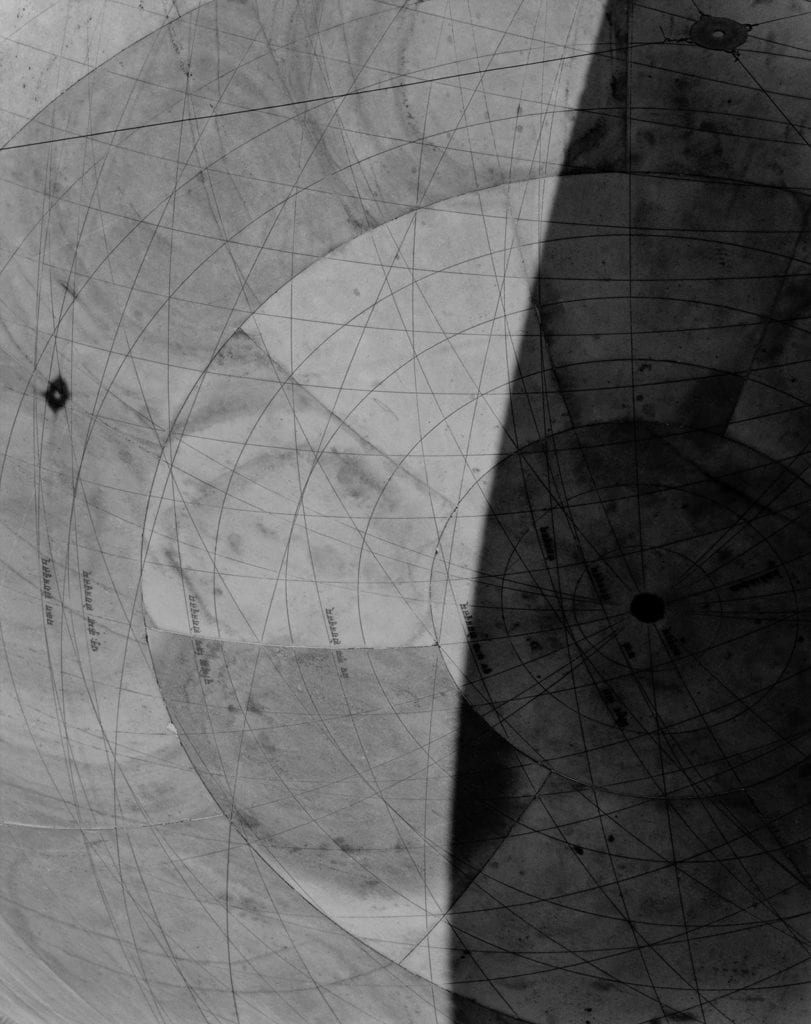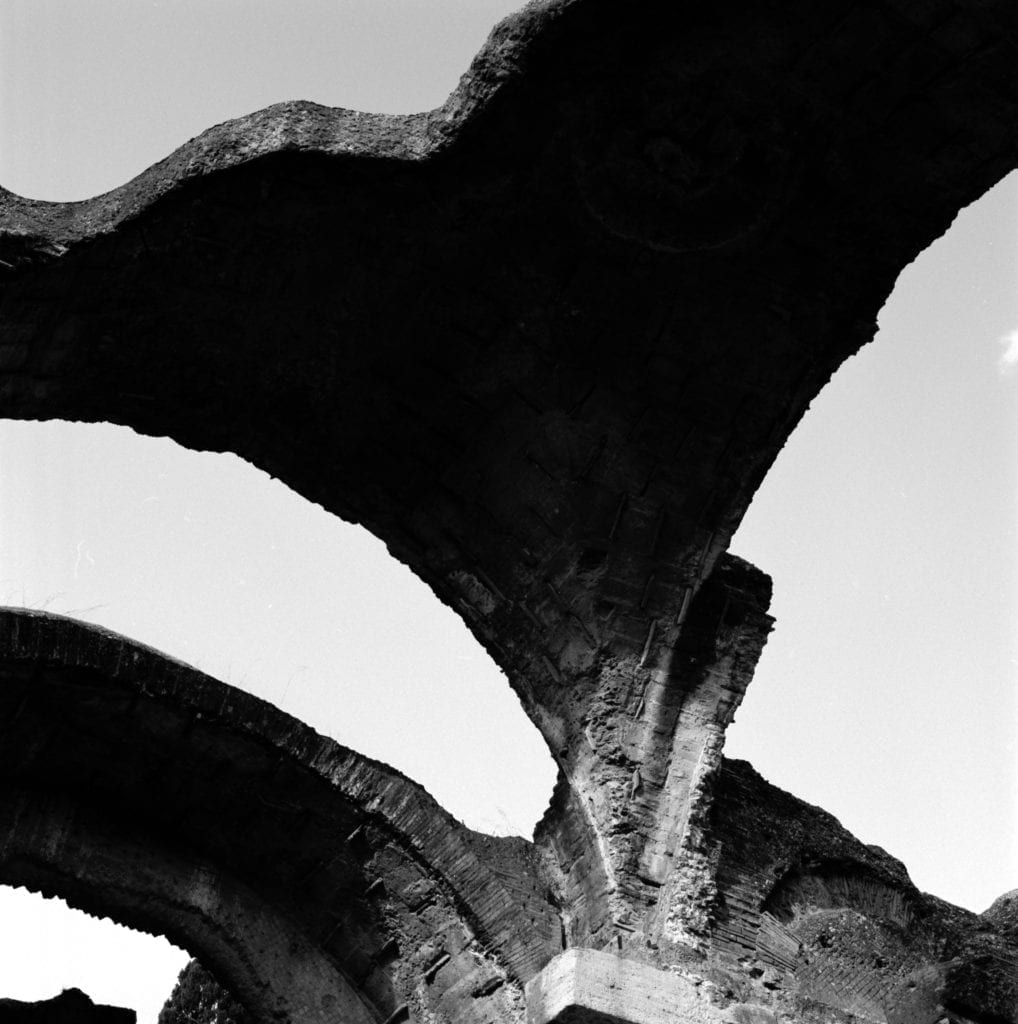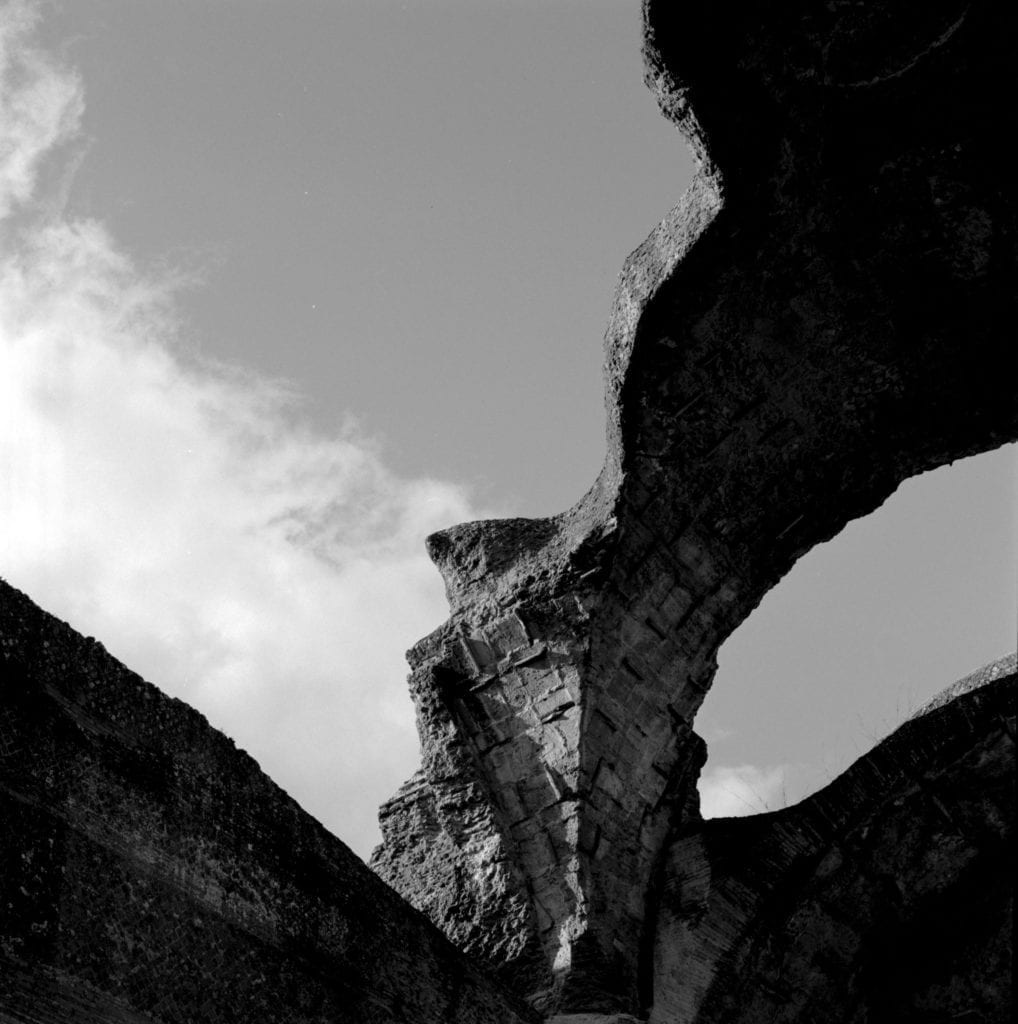“More and more when I work, it’s not about glorifying the product of the architect. I’m more concerned about how space reflects our concerns, our dreams, and our way of life,” says Hélène Binet, the Swiss-French photographer who, despite being known as a leading “architectural photographer”, does not consider this title as an accurate representation of her work. “I see my photographs more as a way to understand our place in the world. It is not about celebrating a product. Architectural photography is a genre that needs to be lifted somehow in photography.”
Hélène Binet: Time After Time, currently on display at Large Glass gallery in Islington, London, is a testament to these beliefs. The 18 photographs on show range from early works such as a 1988 image made in a John Hejduk structure, to work shot in the last year, in the Classical Gardens of Suzhou, China. Rather than capturing the beauty of a building, the images, all analogue and mostly black-and-white, employ light and shadow to render abstract shapes.
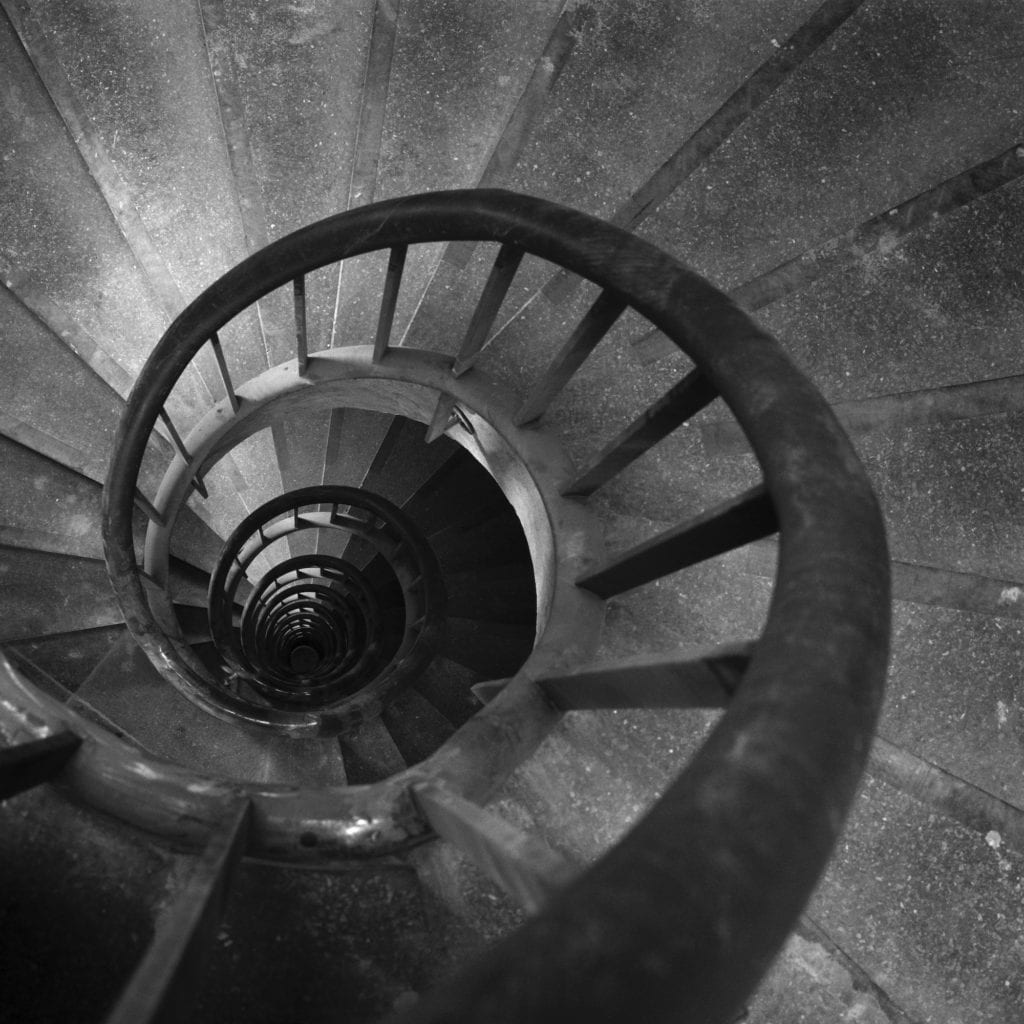
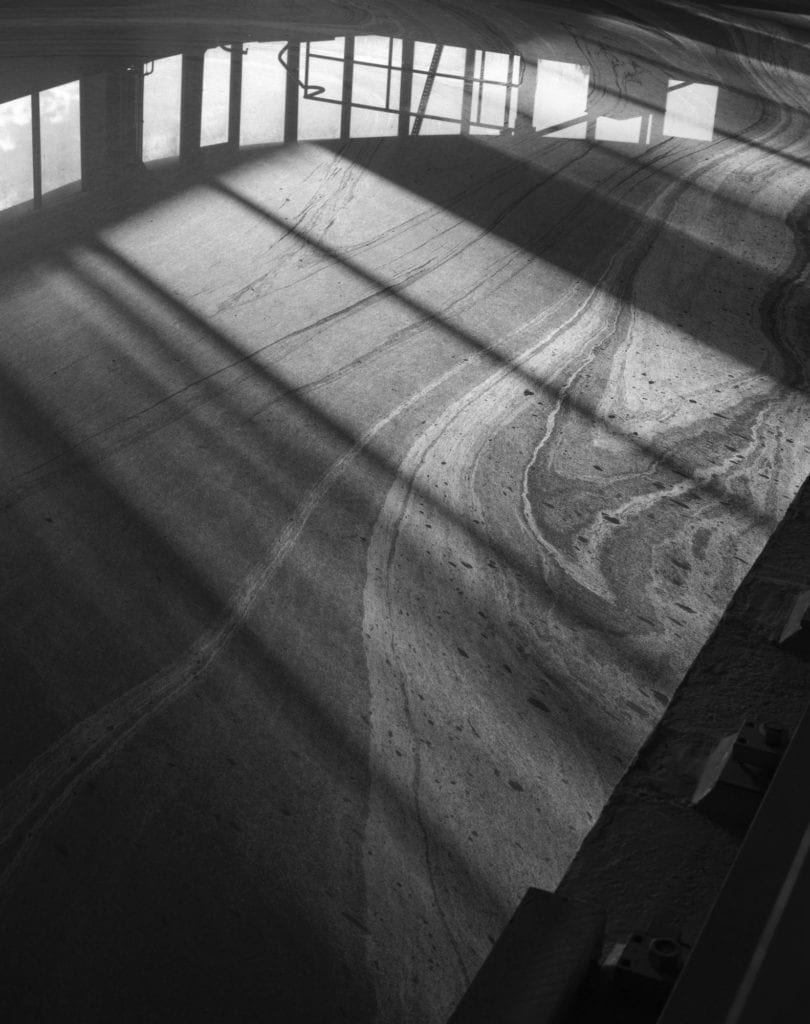
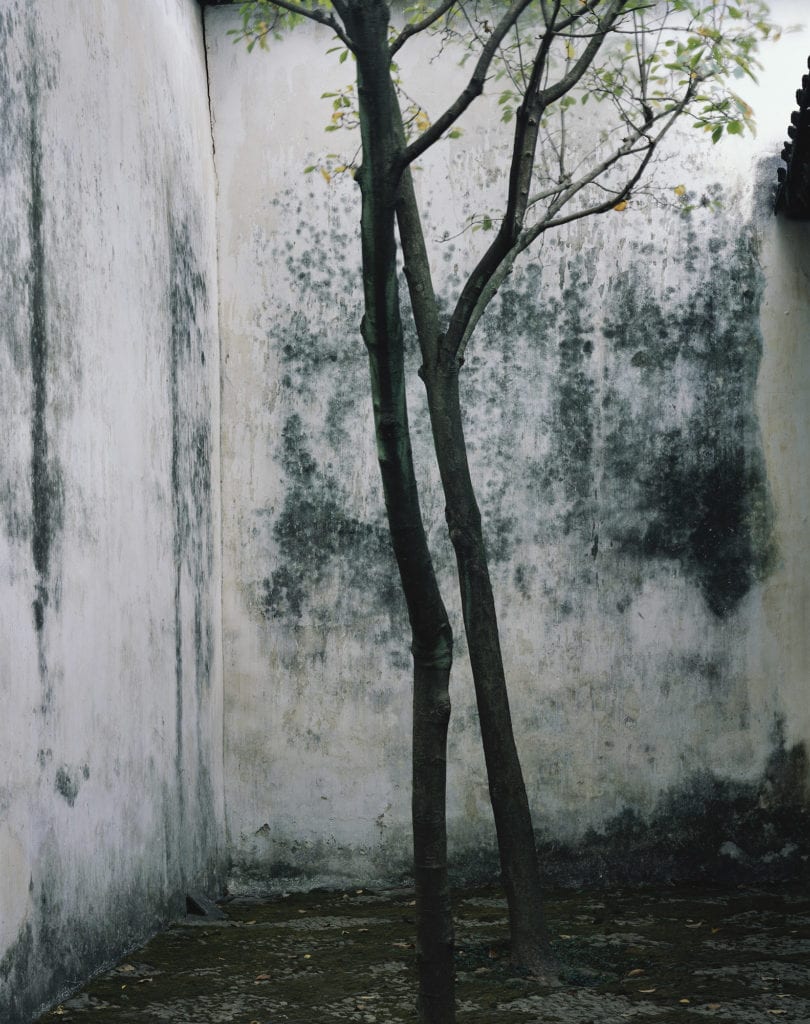
“I want to give you one segment of the space, or an idea, or a feeling that was present, where you can enter and project your own dreams,” says Binet, explaining the importance of studying the light before photographing a space. “You have to understand the beast you are going to shoot,” she says. “It is beautiful to be in one place for a day, looking at the light. It’s meditative but it gives you a physical sense of how much we are moving, and how we are part of a bigger complex of the universe.”
The photographer references the French philosopher Gaston Bachelard, who, in his 1958 book The Poetics of Space, proposes that memories are anchored to space. “It’s a beautiful way of thinking about memory as if it is a boat trying to float away from the dock,” says Binet. “When you see a photograph of a staircase or a stone, you see it, but you also see the one that belongs to your memories. You create those connections, and that is a very important part of what I try to do in my photographs.”
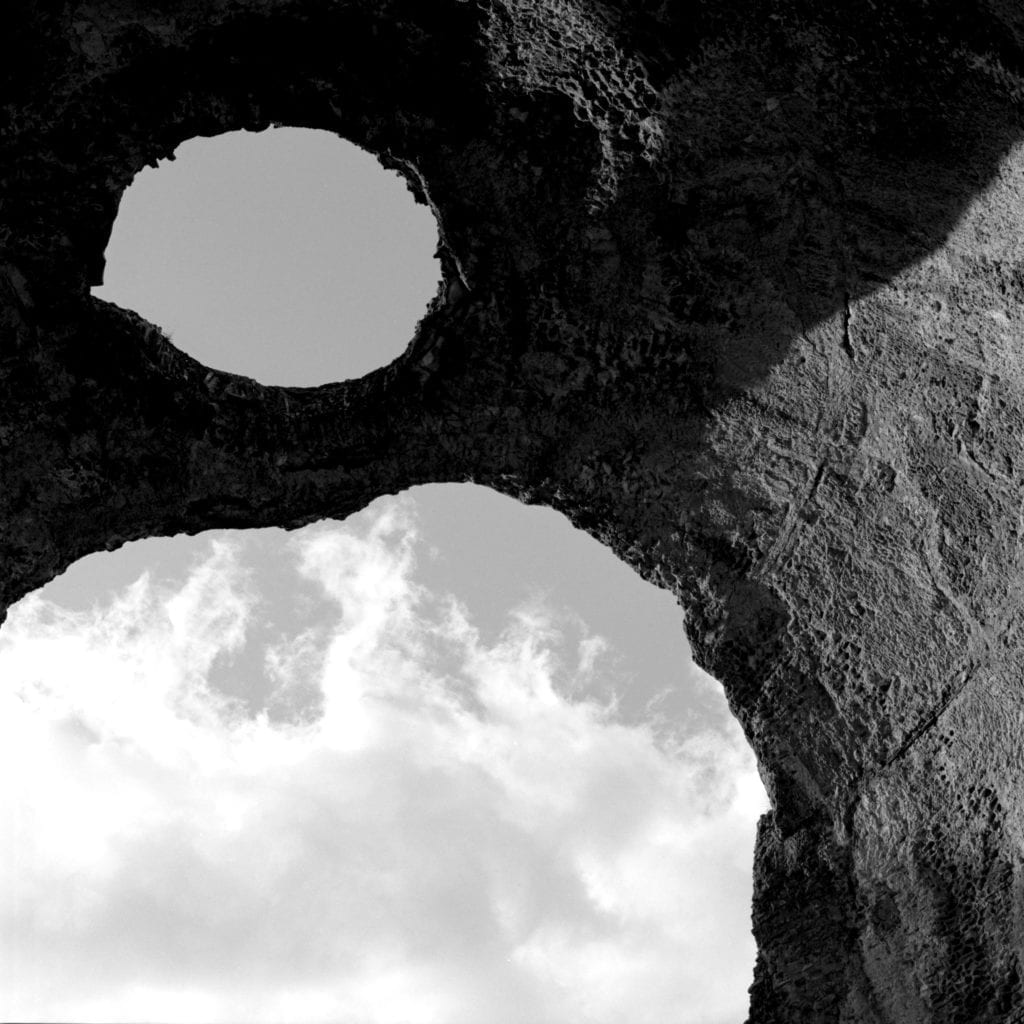
Binet always shoots in analogue and with a large format camera. “The process of printing and making has always been important, to have a physical relationship with what I make,” says Binet. Shooting on large format makes it more difficult to move around, but this has never stopped the photographer from climbing onto a crane, a fire engine, or asking to access the roof of a building nearby to achieve the perfect frame. Although the process also limits the number of shots she can afford to make in one day — around 12 — “I believe that limitations are a bigger stimulation for creativity than too many possibilities,” she says.
Hélène Binet: Time After Time is on show at Large Glass gallery,London, until 23 November 2019.
